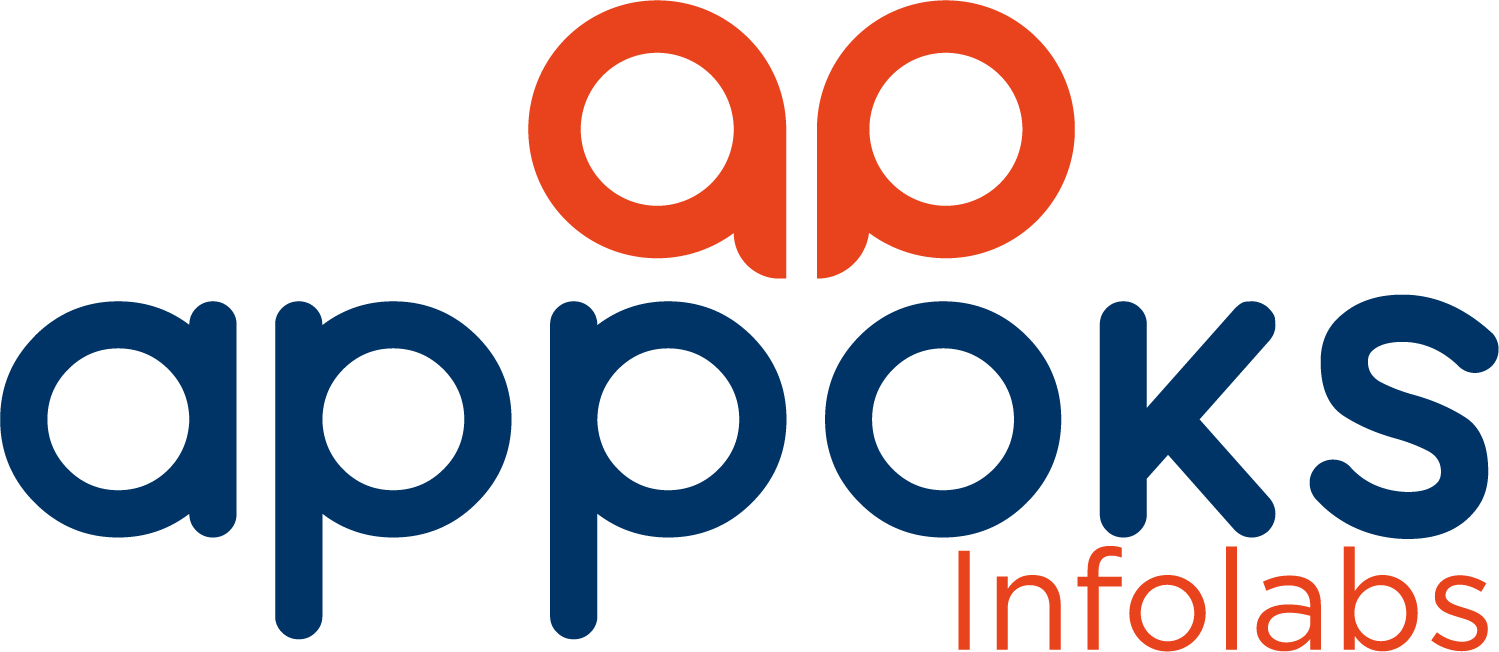Truck dispatch software is a type of logistics software designed to manage and streamline the dispatching process for trucking companies. It typically includes features such as load management, real-time tracking, route optimization, and communication tools.
The software allows dispatchers to assign drivers and vehicles to specific loads, monitor progress, and communicate with drivers in real-time. It can also help to optimize routes to minimize fuel consumption and reduce delivery times.
Truck dispatch software often includes a dashboard that displays key metrics such as load status, driver availability, and vehicle location. This helps dispatchers to make informed decisions and quickly respond to any issues that may arise.
Some advanced truck dispatch software also includes features such as electronic proof of delivery, invoicing, and reporting tools to help companies manage their logistics operations more efficiently.
HowTruck Dispatch Software works
Truck dispatch software works by automating and streamlining the process of managing and assigning trucking jobs to drivers and vehicles. Here’s how it typically works:
- Load management: The dispatcher creates a load entry in the software and enters details such as the pickup and delivery locations, weight, dimensions, and other requirements. The load entry is then available for dispatch.
- Driver and vehicle management: The software allows dispatchers to manage their fleet of drivers and vehicles. They can view the availability of drivers and assign the appropriate driver and vehicle to the load based on their availability, location, and skillset.
- Real-time tracking: The software provides real-time tracking of the driver and vehicle. Dispatchers can see the current location of the driver and the load and track the progress of the delivery. This helps to ensure that the load is delivered on time and allows the dispatcher to quickly respond to any delays or issues.
- Communication tools: The software includes communication tools such as messaging and notifications to keep drivers and dispatchers in contact. Drivers can provide status updates on their progress, and dispatchers can send instructions or updates as needed.
- Route optimization: The software can optimize the route for the driver to minimize fuel consumption and reduce delivery times. This helps to ensure that the load is delivered on time and reduces costs for the trucking company.
- Invoicing and reporting: The software may include features for invoicing and reporting to help companies manage their logistics operations more efficiently. Dispatchers can generate invoices and reports for each load and track financial data to ensure accurate billing and payment.
Basic blueprint of a truck dispatch software:
- Load Management Module
- Load entry creation with details like pickup and delivery location, weight, dimensions, and requirements
- Load tracking with real-time updates on pickup and delivery status
- Load scheduling to assign drivers and vehicles based on availability, location, and skillset
- Driver and Vehicle Management Module
- Driver and vehicle availability tracking
- Driver and vehicle assignment to loads
- Driver and vehicle history tracking, including performance, skills, and experience
- Real-time Tracking Module
- GPS-based real-time location tracking of drivers and vehicles
- Route optimization to suggest the most efficient route for the driver to take
- Traffic and weather updates to ensure drivers are alerted to potential delays and reroute if needed
- Communication Module
- In-app messaging and notifications for dispatchers and drivers
- Automated alerts for load updates and status changes
- Integration with external communication channels like email, SMS, and voice
- Reporting Module
- Financial reporting for load pricing and billing
- Performance and operational reporting for dispatchers and managers
- Customizable reports for different user groups and business needs
- Integrations Module
- Integration with other software applications like transportation management systems, GPS tracking systems, and accounting software
- API and webhook integrations to enable data exchange with external systems
The features and functionalities of a truck dispatch software can vary depending on the specific needs of the business. However, the above blueprint provides a general overview of the core modules and features that are typically included in truck dispatch software.
How Load Management Module works
The Load Management Module in a truck dispatch software is responsible for managing the details of each load and scheduling drivers and vehicles to transport the load. Here’s how the Load Management Module typically works:
- Load Entry Creation: The Load Management Module allows dispatchers to create a load entry by entering details such as pickup and delivery locations, weight, dimensions, and any special requirements or instructions.
- Load Tracking: The module tracks each load and provides real-time updates on the pickup and delivery status. Dispatchers can view the load details, monitor progress, and receive alerts when there are any changes to the load status.
- Load Scheduling: The module suggests the best driver and vehicle to transport the load based on factors such as availability, location, and skillset. Dispatchers can view a list of available drivers and vehicles and select the most appropriate one for each load. The module can also suggest alternative drivers or vehicles if the original choice is not available.
- Load Assignment: Once the driver and vehicle have been selected, the Load Management Module assigns them to the load. The driver and vehicle details are added to the load entry, and the driver receives notification of the load assignment.
- Load Updates: The Load Management Module provides automated updates to the dispatcher and driver as the load progresses. This includes updates on pickup and delivery times, location changes, and any issues or delays that may arise.
- Load Completion: Once the load has been successfully delivered, the Load Management Module updates the load status to “completed” and provides final details such as delivery time and any required paperwork.
Overall, the Load Management Module provides a centralized location for dispatchers to manage and track all loads, allowing for efficient scheduling and optimized resource allocation. This module is essential for any trucking company looking to improve load management, reduce delays, and increase customer satisfaction.
How Driver and Vehicle Management Module works?
The Driver and Vehicle Management Module in a truck dispatch software is responsible for managing the drivers and vehicles in a fleet. Here’s how the module typically works:
- Driver Management: The module allows dispatchers to manage their fleet of drivers, including their availability, skills, and experience. Dispatchers can view a list of drivers and their details, such as their name, contact information, and hours of service.
- Vehicle Management: The module allows dispatchers to manage their fleet of vehicles, including their availability, capacity, and maintenance schedule. Dispatchers can view a list of vehicles and their details, such as their make and model, registration number, and current location.
- Availability Tracking: The module tracks the availability of drivers and vehicles in real-time. Dispatchers can view the availability of drivers and vehicles and assign them to loads based on their availability and location.
- Assignment Management: The module allows dispatchers to assign drivers and vehicles to loads based on their availability and location. Dispatchers can select the most appropriate driver and vehicle for each load and assign them to the load.
- Performance Monitoring: The module tracks the performance of drivers and vehicles, including their on-time delivery record, fuel efficiency, and maintenance history. Dispatchers can use this information to identify areas for improvement and optimize the performance of their fleet.
- Driver and Vehicle History: The module maintains a history of each driver and vehicle, including their performance, skills, and experience. This information can be used to evaluate drivers and vehicles for future assignments and to ensure compliance with regulations.
Overall, the Driver and Vehicle Management Module provides a centralized location for dispatchers to manage their fleet of drivers and vehicles, allowing for efficient scheduling and optimized resource allocation. This module is essential for any trucking company looking to improve the performance of their fleet and ensure compliance with regulations.
How Real-time Tracking Module works?
The Real-time Tracking Module in a truck dispatch software is responsible for providing real-time location tracking of drivers and vehicles, as well as optimizing routes and providing traffic and weather updates. Here’s how the module typically works:
- GPS-based Tracking: The module tracks the real-time location of drivers and vehicles using GPS technology. Dispatchers can view the current location of each driver and vehicle on a map and track their progress in real-time.
- Route Optimization: The module suggests the most efficient route for drivers to take based on factors such as traffic, road closures, and weather conditions. Dispatchers can view the suggested route and adjust it as needed.
- Traffic and Weather Updates: The module provides real-time updates on traffic and weather conditions along the route. Dispatchers and drivers can view alerts and notifications of potential delays or hazards and adjust the route accordingly.
- Driver Communication: The module provides in-app messaging and notifications for dispatchers and drivers, allowing for efficient communication and updates on the load status.
- Route History: The module maintains a history of the routes taken by each driver and vehicle, allowing for analysis of performance and identification of areas for improvement.
Overall, the Real-time Tracking Module provides a centralized location for dispatchers to track the location of drivers and vehicles, optimize routes, and provide up-to-date information on traffic and weather conditions. This module is essential for any trucking company looking to improve the efficiency and performance of their fleet and ensure timely delivery of loads.
How Communication Module works?
The Communication Module in a truck dispatch software is responsible for facilitating communication between dispatchers, drivers, and customers. Here’s how the module typically works:
- In-App Messaging: The module provides a messaging feature that allows dispatchers and drivers to communicate with each other in real-time. Drivers can receive updates on load assignments, route changes, and other important information, while dispatchers can receive status updates and communicate any issues or delays.
- Customer Notifications: The module allows dispatchers to send notifications to customers regarding the status of their load. This can include notifications of pickup and delivery times, updates on delays, and any other relevant information.
- Automated Alerts: The module provides automated alerts to dispatchers and drivers regarding important events, such as load assignments, route changes, and delivery confirmations.
- Document Management: The module allows dispatchers to manage and share important documents with drivers, such as load manifests, invoices, and bills of lading.
- Call Integration: The module allows dispatchers to integrate phone calls into the software, enabling them to make and receive calls directly from the software.
Is it worth to invest in truck dispatch software?
Investing in a truck dispatch software can be a smart choice for trucking companies that want to improve the efficiency of their operations and increase their profitability. Here are some of the benefits of investing in a truck dispatch software:
- Improved Efficiency: A truck dispatch software can help streamline dispatch operations, reducing manual errors and improving the accuracy of load assignments. This can lead to faster load processing times, reduced downtime, and improved on-time delivery rates.
- Real-time Tracking: A truck dispatch software can provide real-time tracking of drivers and vehicles, allowing dispatchers to make informed decisions and optimize routes to avoid traffic, road closures, and other issues.
- Reduced Operating Costs: A truck dispatch software can help reduce operating costs by optimizing routes, improving fuel efficiency, and reducing manual errors. This can result in lower fuel and maintenance costs and improved profitability.
- Improved Customer Service: A truck dispatch software can help improve customer service by providing real-time updates on load status, reducing delays, and improving communication with customers.
- Regulatory Compliance: A truck dispatch software can help ensure compliance with regulatory requirements, such as hours of service rules, safety regulations, and other industry standards.
While investing in a truck dispatch software requires an upfront investment, the benefits can outweigh the costs in the long run. The software can improve the efficiency of dispatch operations, reduce costs, improve customer service, and ensure compliance with regulations, all of which can contribute to increased profitability for the company.
Read our other articles:
Conclusion
In conclusion, a truck dispatch software can be a valuable investment for trucking companies looking to improve the efficiency and profitability of their operations. The software can provide real-time tracking, improve communication, reduce manual errors, optimize routes, and ensure compliance with regulations. While the upfront investment may be significant, the benefits can outweigh the costs in the long run, leading to improved customer service, reduced operating costs, and increased profitability for the company.
Ultimately, the decision to invest in a truck dispatch software should be based on the specific needs and goals of the company, as well as the potential benefits and costs of the software.






 Mr. Abhinay is Managing Director at Appok Infolabs.
Having12+ years of experiance in AI. | VR. | ML. and Expertise in Cloud computing | Digital marketing | Search engine optimisation.
Mr. Abhinay is Managing Director at Appok Infolabs.
Having12+ years of experiance in AI. | VR. | ML. and Expertise in Cloud computing | Digital marketing | Search engine optimisation.